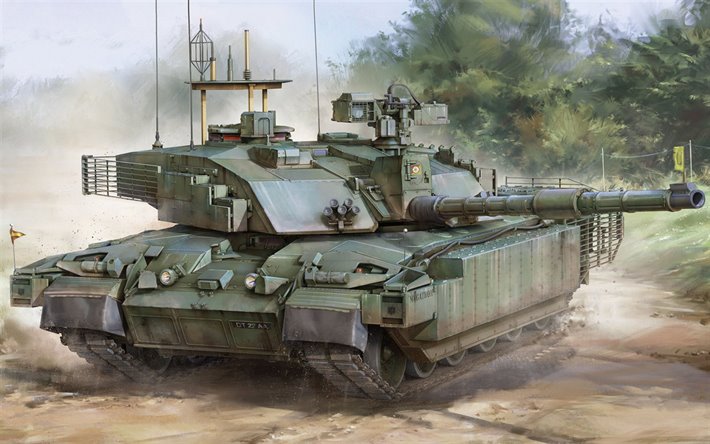

Early machines has a tail wheel which was designed to aid balance but which in practice proved useless and were soon abandoned.Īt best, the early tanks could achieve a top speed of 4 miles per hour. Turning was a complex manoeuvre which required the tank to halt, making it an easy target. Motive power came from a 105hp Daimler engine, driving the caterpillar tracks through three independent gearboxes. The ‘Male’ type carried two Hotchkiss 6-pounder (57mm) guns and 4 machine guns the ‘Female’ 5 machine guns. The first tanks, known as Mark 1, were built in two types which were essentially the same except for their armament. The Heavy Section MGC was redesignated as the Heavy Branch MGC in November 1916. Arguments continue as to whether it would have been better to wait until much larger numbers of tanks were available before they were used in battle.

36 Mark 1 tanks of C and D Companies arrived on the start line for the renewal of the Somme offensive: this action was later designated as the Battle of Flers-Courcelette. Tanks were used for the first time in action on the battlefield of the Somme on 15 September 1916. The supply of machines was the responsibility of the “Mechanical Warfare Supply Department” of the Ministry of Munitions, which was controlled by Lieutenant-Colonel Albert Stern. On 13 August 1916 four of these companies began to embark for France, but the Headquarters of the Heavy Section and its commander remained in England. Later this section was moved to Elveden Camp, where six companies of tanks were raised. The first experimental machine was completed in December 1915 and in March 1916 the headquarters of what was to be known as the Heavy Section Machine Gun Corps was established at Bisley under the command of Col. Swinton’s suggestion and the idea of a “land battleship” began to take official form. It was not until January 1915 when Winston Churchill, then the First Lord of the Admiralty, interested himself in Col. Swinton suggested the idea of an armoured vehicle to the military authorities at home. In the autumn of 1914, Lieutenant-Colonel E.D. “Through mud and blood to the green fields beyond”. This section of the Long, Long Trail will be helpful for anyone wishing to find out about the history of the units of the Tank Corps.


 0 kommentar(er)
0 kommentar(er)
